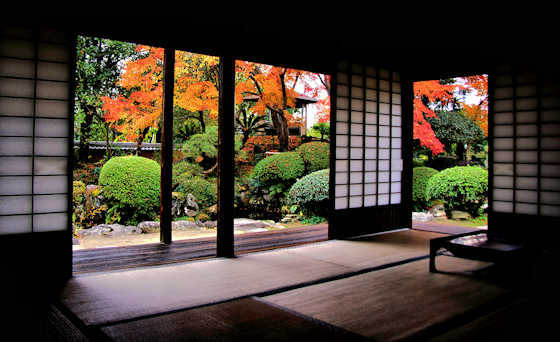Saturday, October 24, 2020
Shrine Chickens & other details at Aoi Aso Shrine
Friday, October 23, 2020
Aoi Aso Shrine
Unfortunately, the bridge you see here was severely damaged in the devastating floods that hit this area of Kumamoto earlier in 2020. It leads to Aoi Aso Shrine in Hitoyoshi, but fortunately, the buildings of the shrine were not badly damaged.
As I mentioned in my last post on the Okyu Shrine, there seems to be a lot of thatch in this area, and if you were impressed with the Okyu Shrine gate, then the one here is much bigger. In fact, the 5 main buildings of the shrine are National Treasures, the southernmost in all Japan.Wednesday, October 21, 2020
Okyu Shrine Taragi
Saturday, October 17, 2020
Samurai Gardens of Kitsuki
Kitsuki's Samurai Gardens
Thursday, October 15, 2020
The Views From The Kurushima Kaikyo Bridge
The Kurushima Kaikyo Suspension Bridge(s) are the last of the bridges on the Shimanami Kaido, the road that connects Honshu with Shikoku across a series of island-hopping bridges. A post about this amazing structure I posted earlier.
Monday, October 12, 2020
The Biggest Statue of Kobo Daishi
Saturday, October 10, 2020
Kanjizaiji Temple 40 on the Shikoku Pilgrimage
The buildings are all fairly modern reconstructions, though the nio guardians are obviously much older.
Thursday, October 8, 2020
Jizo & Dragons at Taisanji Temple
Tuesday, October 6, 2020
A Walk Across Akiyoshidai
Akiyoshidai, a karst of about 100 square kilometers in central Yamaguchi Prefecture is the largest limestone plateau in Japan.
The surface of the plateau has lots of sinkholes which makes for a very uneven landscape. There are also loads of rock pinnacle sticking up.
In the late autumn when I walked across it there was a lot of Japanese pampas grass growing. It is a very unusual landscape for Japan. It is semi artificial in that every year the dried grass covering the plateau is burned which tends to inhibit the growth of trees and stops the landscape reverting to forest.




























































